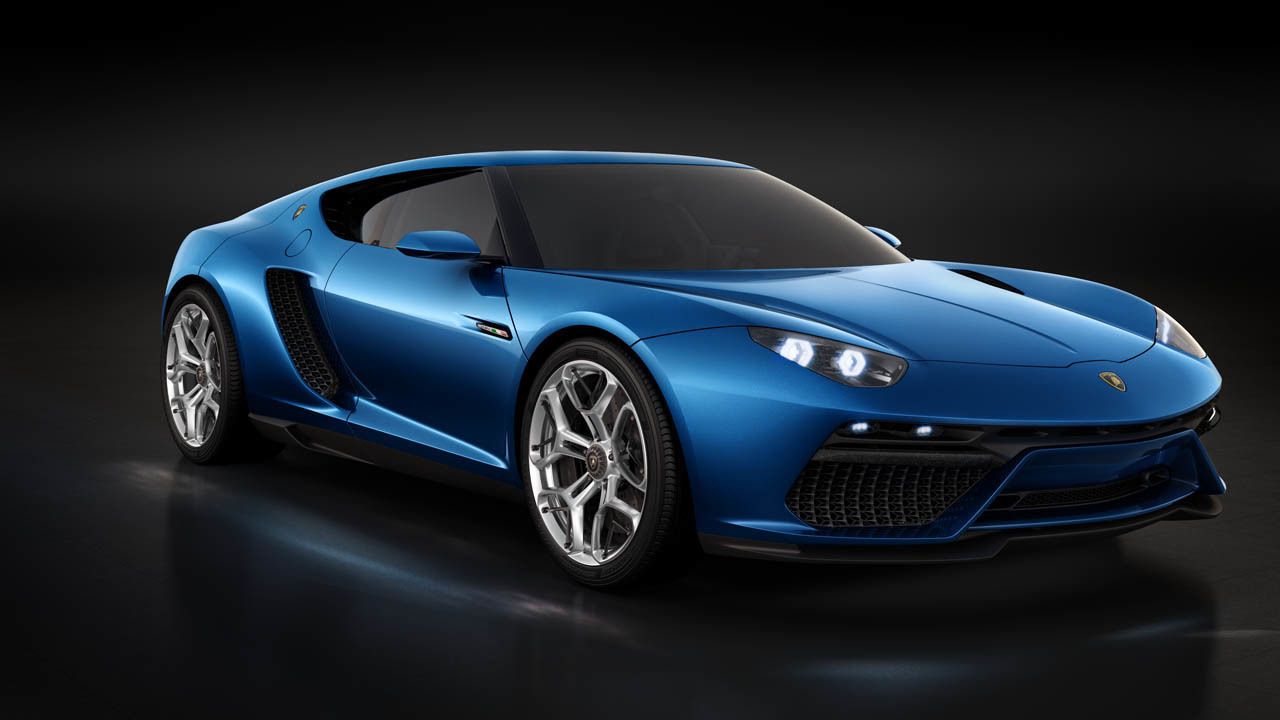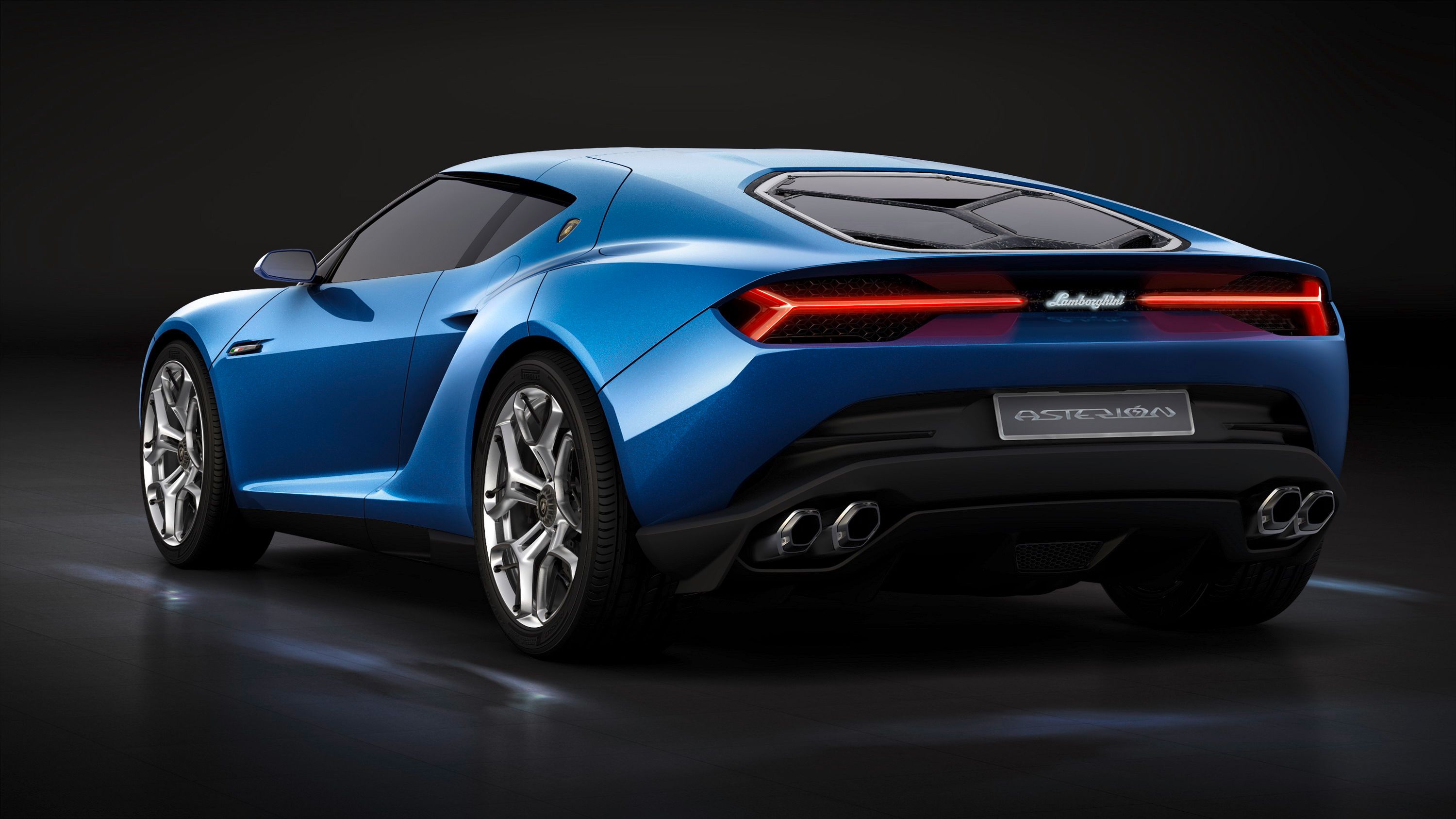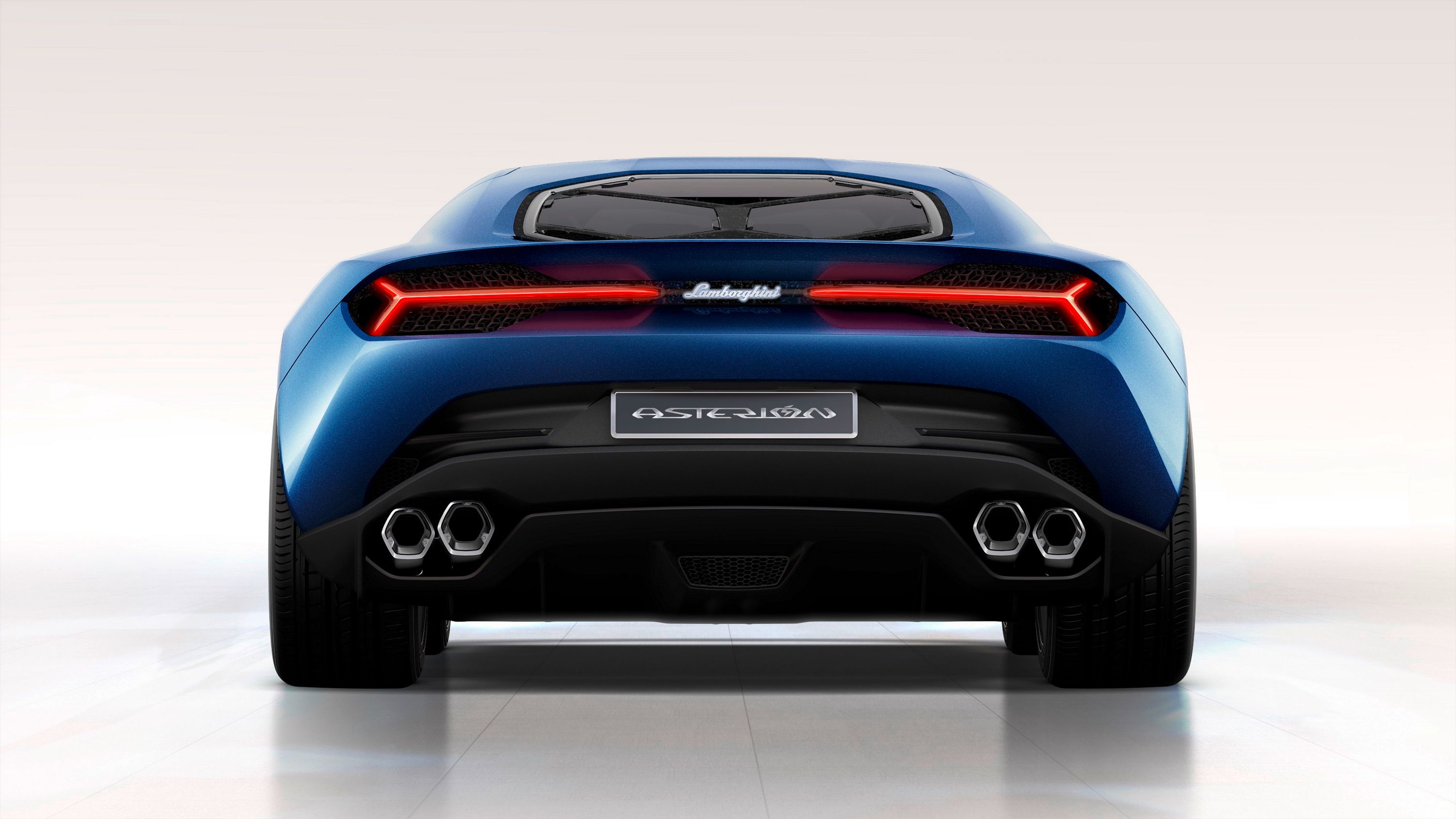There’s just something about a naturally aspirated engine that really complements one's manhood. It could be a big-block from the oil-hungry 1970s or something newer that’s a bit more fuel efficient. Either way, there’s a certain feeling you get when you fire it up, and the initial rumble radiates through every atom of your body. Sure, turbos and superchargers are fun, but when you can get sheer, unadulterated power from nothing but engine, there’s just something special about it. While the rest of the world is quickly changing over to smaller turbocharged mills and hybrid or all-electric drivetrains, Lamborghini just isn’t feeling the hype, and we probably shouldn’t expect an all-electric sports car with a Lambo badge anytime soon.
According to reports from Car Advice, Lambo’s research and development boss, Maurizio Reggiani, says that the technology is just too expensive and that they still have years left in which they can stick with the current V-10 and V-12 engines that are now in production. “If you talk about super sports cars at the moment, the PHEVs, the electric energy, in general, it is difficult to think it is suitable for a super sports car because that means weight and packaging – otherwise we cannot achieve handling. With regard to hybridization in our super sports car segment, I do believe that we still have years that we can stay with the actual structure of the engines, both V-10 and V-12.”
Keep reading for the rest of the story
The Real Purpose of the Urus
See, the problem that Lamborghini has is that it is becoming more and more difficult to keeps its emissions levels within increasing stringent regulatory levels. As such, it needs to jump on the alternative fuel bandwagon in one way or another. If it’s not going to turbocharge and downsize the engines or dive deeper into the world of electric drivetrains, it has to do something to keep the company as a whole within the allowable emissions limits. So, that’s where the Urus comes in. So far, word has it that the standard model will use a 4.0-liter V-8 with twin turbos and a dual clutch transmission, but it was also said that the vehicle was designed to receive a battery pack and an electric motor, pointing to at least one model in the Urus lineup being of the plug-in hybrid type. That 4.0-liter should be much more fuel efficient than the current V-10 and V-12 engines in use, and it was designed specifically for the Urus. It’s not just the brand’s first SUV, but also the model that will help keep those V-10 and V-12 engines alive for at least a few more years.
What About the Asterion Concept?
If your memory serves you correctly, Lambo has been playing around with hybridization for a while now. That became insanely evident back in 2014 when it debuted the Asterion Concept. That concept was powered by a 5.2-liter V-10 that was mated to a dual-clutch transmission, and a battery pack that delivered power to three electric motors. All told, this baby delivered a staggering 897 horsepower and somewhere around 650 pound-feet of torque. It looked sexy doing it as well. At the time, rumors were flying too. First, the Asterion wouldn’t make it to production. Then a few months later it was said that it might go into production. Eventually, sometime around mid-2015 Lambo decided on the building the Urus instead of another car. With the Urus set to make it’s long awaited debut sooner than later, the rumor mill has been churning again thanks to Lambo CEO, Stefano Domenicali, hinting that a fourth model could see the light of day should the brand manage to stabilize its three-model lineup once the order books open for the Urus. That could mean that a hybrid-powered supercar could be on the distant horizon, and something tells me that I could very well be a production version of the Asterion. We can always hope, right?
Conclusion
Admittedly, I’m a tuner at heart. I’ve been the first to turbocharge small, stock engines for more power, and would be a liar if I said I didn’t want to throw a blower on my third-gen Camaro. But, at the end of the day, that’s as far as it goes. Never once have I said, “I’d love to throw a battery and an electric motor in the trunk.” Not that an all-wheel drive Civic with 600 horsepower wouldn’t be fun, but it’s just not natural. As the world moves into electric mobility (and all of the mainstream automakers would have us believe this will be the big thing over the next decade,) I’m pleased to see that there are a few out there that refuse to drop the big engines in place of turbos and battery packs. A naturally aspirated engine is pure unadulterated power, and I’m right there with Lambo when they say it’s not what’s right for its.
|
6.5-Liter V-12 From Lamborghini Aventador Superveloce shown here. |
For the record, however, it’s not all about the soul and the love for naturally aspirated engines. There’s another big reason, and quite possibly the most important. With battery technology being what it is, it’s not exactly feasible for Lambo to go with a hybrid or all-electric drivetrain. Between the sheer weight, how it’s packaged, and how all that weight affects handling, it’s a lot more than just throwing a battery in the floor and going with it. Reggiani said it best: “At the moment, the tech that we can have is not there, and these two parameters can be solved only in a way to customise for a single car, which means a huge cost for the component,” he continued, “So we need to take into consideration all these parameters, and say we don’t see anything suitable for a super sports car in the range of price where we need to position our car, where we are.”
So, maybe by 2022, technology will be in a place that will allow Lambo to put something like the Asterion into production, but I wouldn’t hold my breath. If you want a hybrid Lambo, you’ll have to go with the Urus. But, that’s not necessarily a bad thing – after all, those V-10 and V-12 engines sound so damn good, don’t they?



